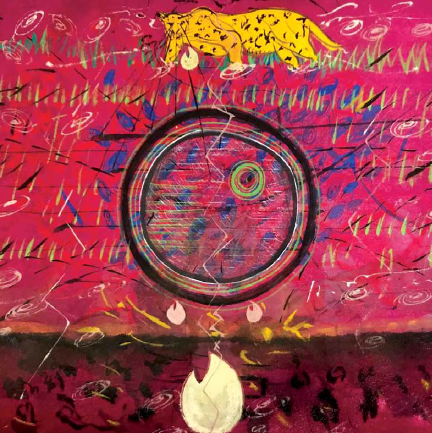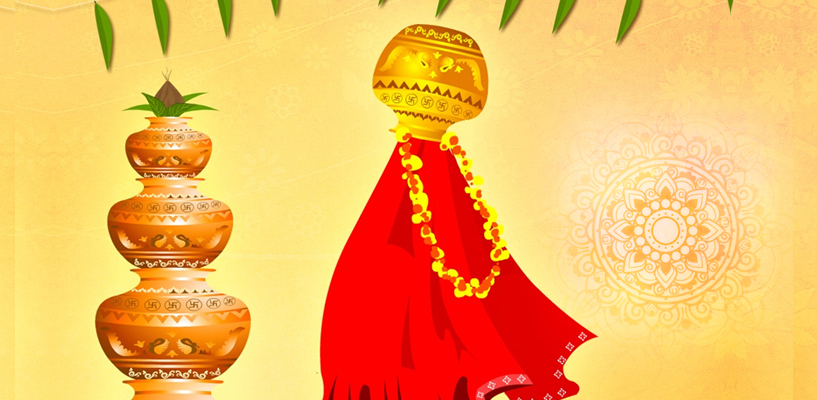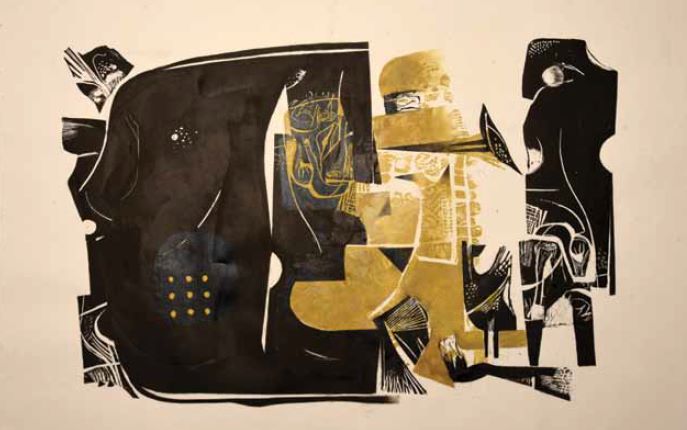
Ornament art is a form of artistic expression that celebrates the beauty of intricate details. From ancient civilizations to modern times, ornaments have adorned various objects, buildings, and artworks, captivating the human eye with their exquisite designs. In this article, we will explore the fascinating world of ornament art and its significance throughout history.
Historical Significance: Ornaments have played a significant role in human history, dating back thousands of years. From the intricate patterns of ancient Egyptian jewellery to the delicate motifs adorning medieval manuscripts, ornament art has served as a symbol of cultural identity and craftsmanship. These ornamental designs often carried symbolic meanings, reflecting religious beliefs, social status, or regional influences. Ornamentation has been found in architecture, textiles, pottery, and even body art, showcasing the creativity and skill of artists across civilizations.

Aesthetic Appeal: The allure of ornament art lies in its ability to captivate the viewer with its intricate details. Whether it’s the delicate tracery of Gothic architecture or the vibrant patterns of Islamic tile work, ornaments add a sense of richness and visual interest to any object or space. The repetitive motifs, geometric shapes, and flowing curves create a mesmerizing effect, drawing the eye in and inviting contemplation. Ornamentation often combines precision and harmony, transforming the ordinary into something extraordinary, and infusing a sense of grandeur and beauty into everyday life.
Cultural Diversity: One of the remarkable aspects of ornament art is its ability to reflect the diversity of cultures around the world. Different regions have developed their own unique styles, influenced by their history, traditions, and natural surroundings. For instance, the floral motifs of Indian miniature paintings, the intricate filigree of Scandinavian silverware, or the intricate patterns of African textiles all showcase the distinctive aesthetics of their respective cultures. Ornament art has been a powerful medium for cultural expression, preserving and celebrating the heritage of communities while also inspiring new artistic directions.
Contemporary Applications: Ornament art continues to thrive in the modern world, finding its place in various forms of creative expression. From fashion and interior design to digital art and jewellery making, artists and designers incorporate ornamentation to add depth and character to their creations. Furthermore, with the advent of technology, artists have been able to push the boundaries of ornament art by experimenting with new materials, techniques, and digital tools. This fusion of tradition and innovation ensures that ornament art remains a vibrant and evolving field, keeping the tradition alive while adapting to the needs and aesthetics of contemporary society.
Ornament art represents the timeless pursuit of beauty and aesthetics. It weaves together history, culture, and craftsmanship, transcending time and borders. Through its intricate details and captivating designs, ornamentation offers a glimpse into the rich tapestry of human creativity, reminding us of the power of art to inspire and delight.









 " >
" >
 " >
" >